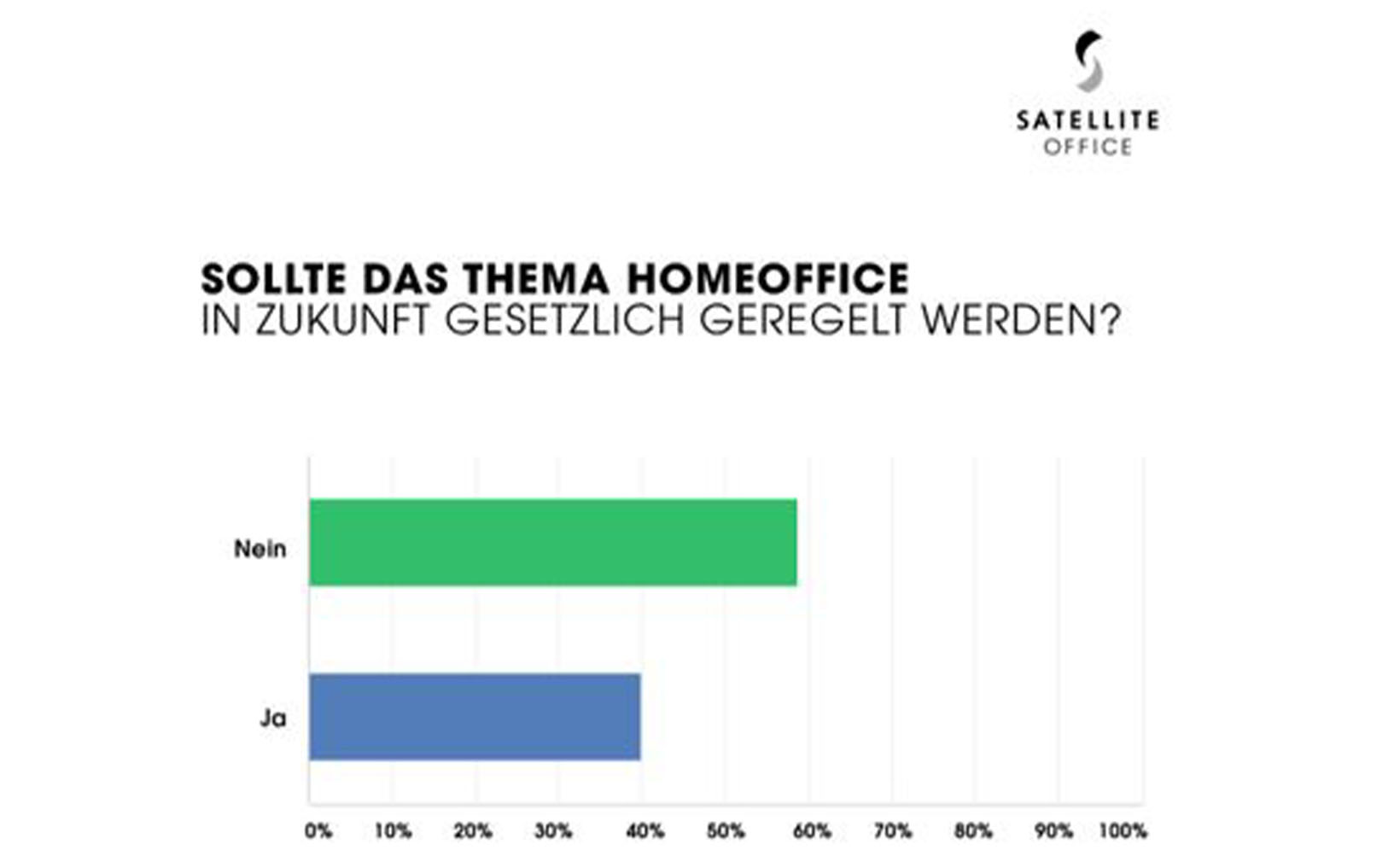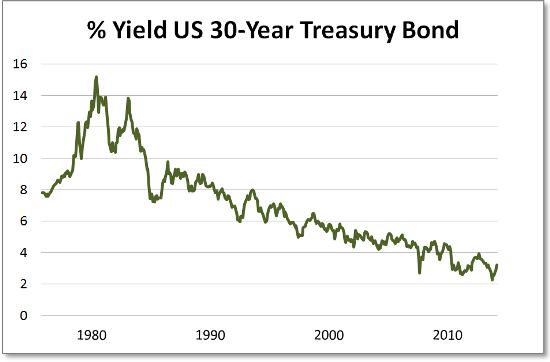Femicide: Causes, Statistics, And The Urgent Need For Action

Table of Contents
Understanding the Root Causes of Femicide
Femicide is not a random act of violence; it's a complex issue stemming from deeply ingrained societal structures and harmful norms. Understanding these root causes is the first step towards effective prevention.
Gender Inequality and Societal Norms
Patriarchal structures, where men hold primary power and authority, are a significant driver of femicide. Cultures that condone violence against women and normalize misogyny create an environment where such acts are more likely to occur.
- Harmful Societal Norms: Examples include "honor killings," where women are murdered for perceived breaches of family honor, and the control exerted over women's bodies and sexuality. These norms often stem from deeply rooted cultural beliefs and traditions.
- Traditional Gender Roles: Rigid gender roles that confine women to subordinate positions within the family and society can exacerbate vulnerability to violence.
- Harmful Masculinity Ideals: The societal pressure on men to conform to rigid ideals of masculinity, often involving dominance and aggression, can contribute to violent behavior toward women.
Countries with high rates of femicide often share common socio-cultural contexts characterized by these deeply entrenched patriarchal structures. For example, studies consistently show a correlation between high rates of femicide and limited women’s rights and opportunities.
Domestic Violence and Intimate Partner Violence
The vast majority of femicides are committed by intimate partners or family members. Domestic violence is often a precursor to femicide, with the violence escalating over time. Recognizing the warning signs is crucial in preventing these tragic outcomes.
- Statistics: Data consistently show a strong correlation between intimate partner violence and femicide. Many cases begin with seemingly minor incidents of abuse that escalate over time.
- Cycle of Abuse: Perpetrators often follow a cyclical pattern of abuse, characterized by periods of violence followed by remorse and reconciliation. This cycle can trap victims and make it more difficult to escape.
- Tactics Used by Perpetrators: Perpetrators employ various tactics to control and isolate victims, making it harder for them to seek help or escape the abusive situation. These tactics can include intimidation, threats, emotional manipulation, and economic control.
- Lack of Support Systems: A lack of access to adequate support systems—shelters, hotlines, and legal aid—can leave victims feeling vulnerable and unable to seek help.
Lack of Legal Protection and Enforcement
Weak legal frameworks, ineffective law enforcement responses, and systemic corruption all contribute to the problem. Often, perpetrators escape justice due to inadequate investigations, prosecutorial failures, and lenient sentencing.
- Ineffective Laws and Policies: Many countries lack specific legislation addressing gender-based violence and femicide, or existing laws are not effectively enforced.
- Insufficient Police Training: A lack of training on gender-based violence among law enforcement officials often leads to inadequate responses to reports of domestic abuse.
- Challenges in Prosecuting Perpetrators: The process of prosecuting perpetrators is often fraught with challenges, including difficulties in gathering evidence, witness intimidation, and judicial bias.
- Lack of Victim Support Services: Insufficient access to vital services such as shelters, legal aid, and counseling leaves victims feeling isolated and without support.
Shocking Statistics and Global Prevalence of Femicide
The statistics on femicide are alarming and highlight the global scale of this crisis. The numbers often represent a significant underreporting of the actual problem.
Global Data and Regional Variations
While precise global statistics on femicide are difficult to obtain due to underreporting, available data from organizations like the UN and WHO paint a disturbing picture. Regional variations are significant, with certain regions exhibiting disproportionately higher rates.
- Global Statistics: Reports consistently show that women are killed at alarming rates worldwide. Specific figures vary depending on the source and methodology but generally indicate a high prevalence of femicide globally.
- Regional Disparities: Some regions experience significantly higher rates of femicide than others, reflecting differences in socio-cultural factors, legal frameworks, and law enforcement capacity.
- Age Groups Most Affected: Data frequently shows that certain age groups are disproportionately affected by femicide.
The Underreporting Problem
The actual numbers of femicides are likely far higher than reported statistics indicate. This underreporting stems from various factors, hindering efforts to address the problem effectively.
- Fear of Retaliation: Victims and their families may be afraid to report incidents due to fear of further violence or reprisal from the perpetrator or their associates.
- Lack of Trust in Authorities: A lack of trust in law enforcement agencies, due to past experiences or perceptions of bias or inefficiency, can deter reporting.
- Social Stigma: The social stigma surrounding domestic violence and femicide often prevents victims from seeking help or reporting incidents.
The Urgent Need for Comprehensive Action to Prevent Femicide
Combating femicide requires a multi-pronged approach that addresses the root causes, strengthens legal frameworks, and promotes societal change.
Strengthening Legal Frameworks and Enforcement
Robust legal frameworks are crucial to holding perpetrators accountable. This involves not only enacting strong laws but also ensuring effective enforcement and judicial processes.
- Effective Legislation and Policies: Countries need to enact and enforce specific laws addressing gender-based violence and femicide, including stricter penalties for perpetrators.
- Specialized Training for Police and Judicial Personnel: Training programs for law enforcement officials and judicial personnel are essential to ensure that they understand the dynamics of gender-based violence and respond appropriately.
- Role of Victim Support Organizations: Support organizations play a critical role in assisting victims, providing legal aid, and advocating for policy changes.
Addressing Societal Norms and Promoting Gender Equality
Long-term solutions require addressing harmful societal norms and promoting gender equality at all levels. This involves changing attitudes and behaviors through education and awareness campaigns.
- Educational Campaigns: Comprehensive educational campaigns are needed to challenge harmful gender stereotypes and promote healthy relationships.
- Public Awareness Programs: Raising public awareness about femicide and its causes is vital in creating a society that is more intolerant of violence against women.
- Community-Based Interventions: Community-based programs can play a key role in changing attitudes and behaviors at the grassroots level.
- Promoting Women’s Economic Empowerment: Empowering women economically can improve their safety and independence.
Improving Access to Support Services
Providing readily available and accessible support services for victims of domestic violence is essential. These services are critical to preventing situations from escalating to femicide.
- Accessible and Confidential Services: Shelters, hotlines, and counseling services need to be easily accessible and confidential to protect victims' privacy and safety.
- Funding for Victim Support: Adequate funding is essential to ensure that these vital services can continue to operate effectively.
- Training for Service Providers: Training for service providers is crucial to ensure that they are equipped to handle the complex needs of victims of domestic violence.
Conclusion
Femicide is a global crisis demanding immediate and comprehensive action. Its roots lie in deeply ingrained gender inequality, harmful societal norms, and a lack of legal protection and enforcement. The shocking statistics, often underreported, underscore the urgency of this issue. Combating femicide requires strengthening legal frameworks, challenging harmful norms, promoting gender equality, and ensuring access to vital support services for victims. Ending femicide is not just a women's issue; it's a societal responsibility. We must all work together to prevent this violence, support survivors, and create a world where women are safe and valued. Get involved by supporting organizations fighting femicide, volunteering your time, or advocating for policy changes. Together, we can prevent femicide and create a safer world for all. Learn more and get involved at [Link to relevant organization 1], [Link to relevant organization 2], and [Link to relevant organization 3].

Featured Posts
-
 Kancelaria Alebo Home Office Rozhodovanie Na Zaklade Statistik A Potrieb
May 21, 2025
Kancelaria Alebo Home Office Rozhodovanie Na Zaklade Statistik A Potrieb
May 21, 2025 -
 30 Year Treasury Yield Surge To 5 Implications For The Sell America Trade
May 21, 2025
30 Year Treasury Yield Surge To 5 Implications For The Sell America Trade
May 21, 2025 -
 Severe Weather Alert Strong Winds And Severe Storms Approaching
May 21, 2025
Severe Weather Alert Strong Winds And Severe Storms Approaching
May 21, 2025 -
 Experience Live Bundesliga The Ultimate Fan Guide
May 21, 2025
Experience Live Bundesliga The Ultimate Fan Guide
May 21, 2025 -
 Vodacom Vod Beats Estimates Earnings Growth Fuels Increased Payout
May 21, 2025
Vodacom Vod Beats Estimates Earnings Growth Fuels Increased Payout
May 21, 2025
